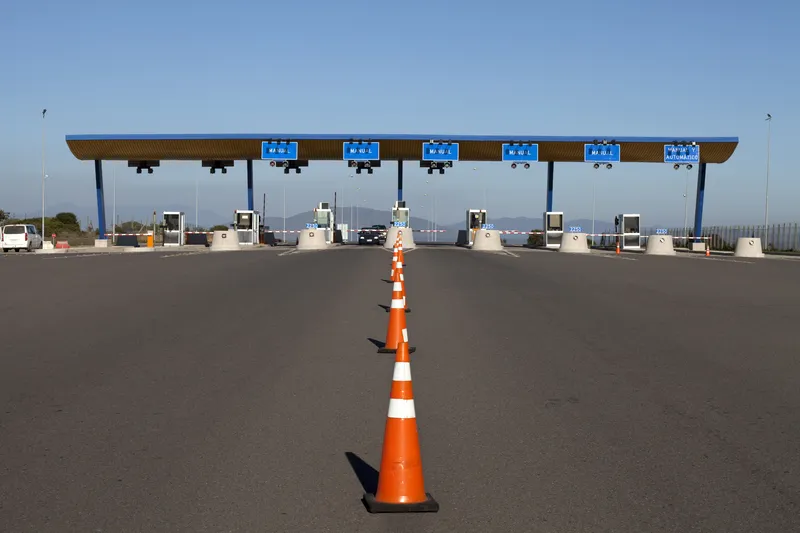
Traffic data collection and analytics specialist Rekor Systems has completed its acquisition of All Traffic Data Services (ATD) for $19m.
ATD's portfolio includes traffic counts, turning movements, origin/destination analysis, pedestrian studies, radar speed monitoring, parking utilisation and crash diagrams.
Bringing ATD under its umbrella as a business unit fills a gap for Rekor.
"ATD collaborates closely with numerous traffic engineering firms, metropolitan planning organisations, municipalities, and state departments of transportation, where Rekor currently lacks a sales presence," Rekor says in a statement.
ATD's data collection activities cover states such as California, Colorado, Arizona, Nebraska, Nevada, Oregon, and Washington. Rekor bought another data company, Southern Traffic Services (STS), in 2022.
"By uniting two traffic data collection powerhouses, STS and ATD, Rekor is combining decades of traffic engineering and data collection expertise with Rekor's cutting-edge artificial intelligence and machine learning capabilities," says Robert A. Berman, Rekor chair and CEO.
"This synergy accelerates our business plan and reinforces our commitment to revolutionising transportation data collection and analytics."
ATD was acquired by Seaport Capital in 2019, and Seaport partner Drew Meyers has been appointed to the Rekor board of directors. "The combination of ATD and Rekor creates a leader in the roadway intelligence sector with the geographic reach to support highway and road infrastructure throughout the US," Meyers adds.
Eric Boivin, founder of ATD, says: “Throughout ATD’s history, we have prioritised providing our clients with excellent service and reliable data. By combining with Rekor, we will be able to provide that same level of service and data accuracy with innovative, state-of-the-art offerings that ensure our clients stay at the forefront of industry technology capabilities.”
ATD, which has 41 employees across offices in 14 US states, is expected to generate approximately $9.5 million in revenue and an estimated $3 million in EBITDA in the 2023 financial year.









